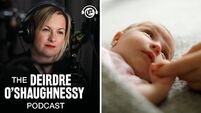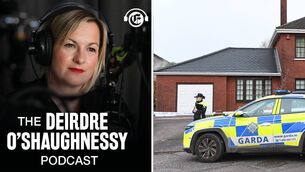Inside the Satchwell murder case — a husband’s lies, a shallow grave, and a tragic end
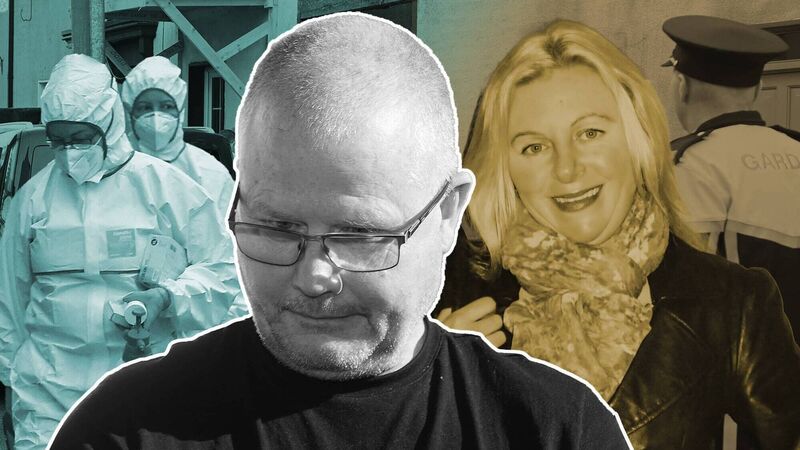
Richard Satchwell (centre), forensic gardaí (left) and Tina Satchwell (right).
A red brick wall, sloppily erected under the staircase in a terraced home in Youghal, Co Cork, signalled to a forensic archaeologist that Tina Satchwell’s skeletal remains may be concealed there under a concrete floor.
Such ‘home improvements’ around the staircase in the sitting room of the missing woman’s home were “red flags” and motivated an invasive search at the house on 3 Grattan St in October 2023.
A patch of newer concrete was found on the floor behind the wall, the different shade of grey being a telltale sign that some of the floor was more recently poured.
Below this concrete, a skeletal hand emerging from sandy soil was the first sighting of Mrs Satchwell, who had vanished more than six years earlier.
Wearing a dressing gown over her pyjamas, a dressing gown belt around her body, she was found wrapped in a blanket and covered in black plastic sheeting.
A pink fingernail was still attached to the ring finger of her left hand.
Her husband, Richard Satchwell (58) pleaded not guilty to the murder of his wife on March 20, 2017 at their home on 3 Grattan St, Youghal during the four week trial in front of Justice Paul McDermott and the jury of seven women and five men.
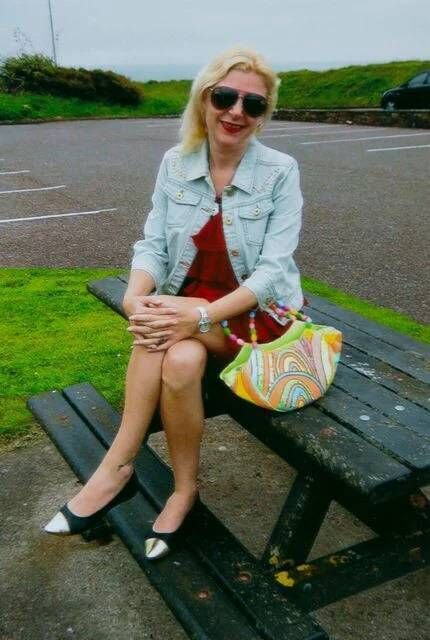
Mrs Satchwell (45) was widely described in court as kind, sociable, vibrant and fun to be around.
“She wouldn’t harm a child, she was a lovely person,” John Keoghan, who knew her from car boot sales — a major hobby of hers — told the Central Criminal Court during the trial of her husband for her murder.
Mrs Satchwell was “a very nice person, you couldn’t meet a nicer person,” Mr Keoghan said.
“She was a well-dressed woman, used to wear expensive clothes,” he said.
Mrs Satchwell had “a good eye, an expensive eye” and would buy items, wear them and resell them.
The last day he saw her at a car boot sale in Carrigtwohill on March 19, 2017, in the hours before she was murdered, she had bought “a beautiful jacket and expensive perfume.” Joking with her, he said: ‘you must be meeting a man tonight.’ “I have one man, one man only,” she said, Mr Keoghan recounted.
“She loved him so much. And she wouldn’t touch another man,” she told him, in the hours before her husband killed her.
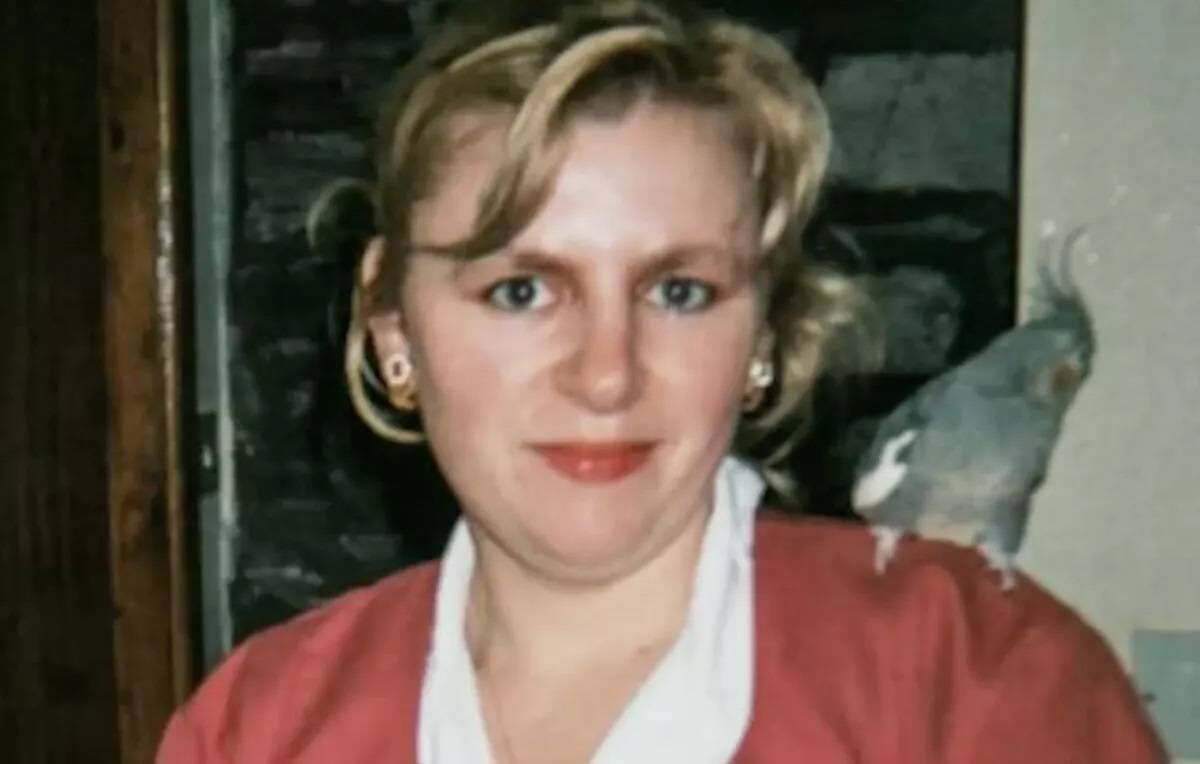
Her GP, Dr Patrick Burke, said: “Tina was always friendly, open a great communicator.” She “always enjoyed good health” and suffered “absolutely no conditions” that could end her life prematurely, Dr Burke said.
Sarah Howard, Tina’s niece, was very close to Mrs Satchwell and described her as “kind-hearted, loving, a family person.” She loved animals, she was a keen swimmer and was “just a genuinely lovely person.” But Mr Satchwell, by marked contrast, was described as “obsessive and odd,” by Mrs Satchwell’s half-sister Lorraine Howard who knew him since she was 15-years-old.
The Satchwells first met in Coalville near Leicester in the UK where Mr Satchwell was from and where Tina moved as a teenager with her grandmother.
She was raised by her grandmother and felt abandoned and resentful that her mother, who she was told was her aunt when she was a child, had not raised her, the court heard.
But she had a very close and loving relationship with her grandmother, Florence Dingivan, who the court heard was a respected and much-liked woman in Fermoy.
As soon as Richard saw Tina, he decided he wanted to marry her, he said.
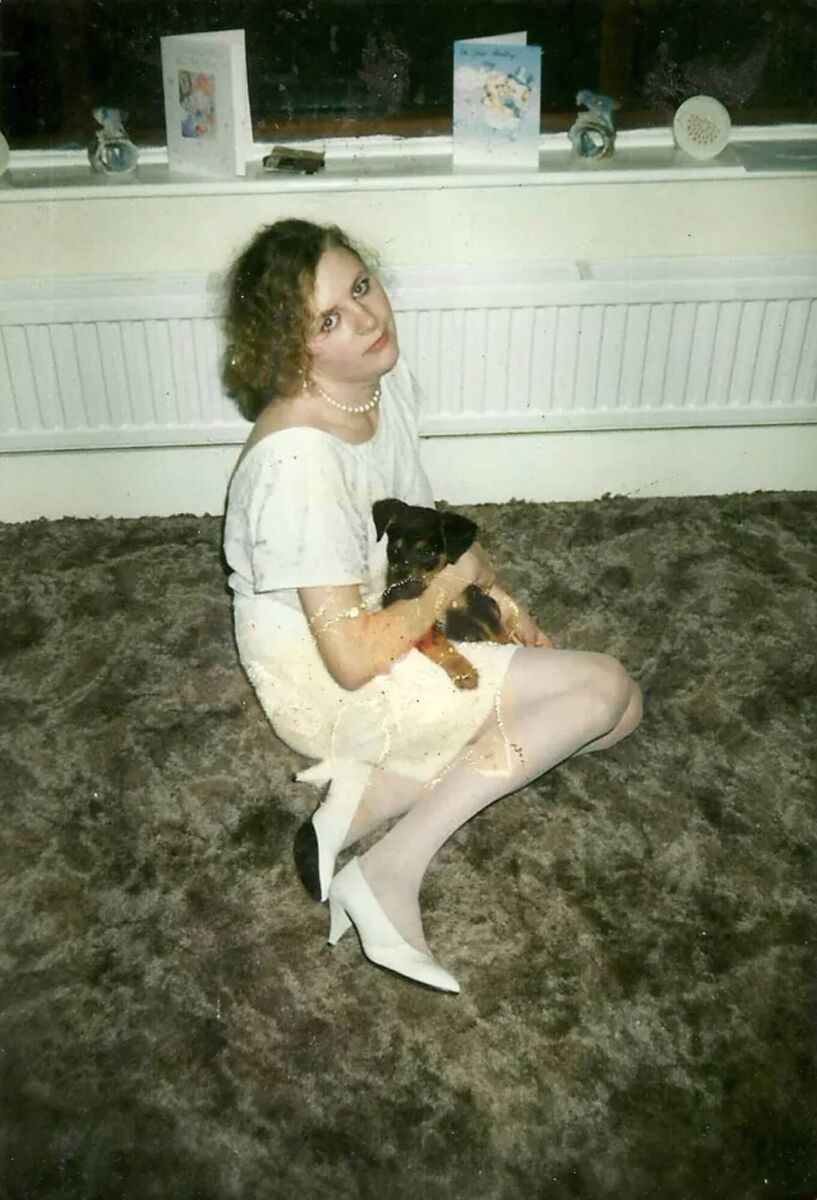
But he said that she was out of his league and called her his ‘trophy wife’.
Tina, a keen swimmer, loved the beach and loved Youghal.
He proposed to her in Youghal and the couple always planned to move there.
They moved from the UK to Fermoy, Co Cork, Tina’s home town, but later bought a house in Youghal for €52,000 and moved in May 2016.
Just 10 months later she would be buried there in a shallow grave, concealed beneath a concrete floor under a stairwell.
Mrs Howard was the only witness called by the defence. But her evidence was some of the most damning of Mr Satchwell and his treatment of his wife.
Mrs Satchwell knew she “could never leave” her obsessive, controlling husband, Ms Howard said.
“She confided in me that he would follow her to the ends of the earth and there was no getting away from him.” She also said that Mrs Satchwell’s large circle of friends shrunk over time as Mr Satchwell would always “find some reason” to criticise anyone his wife was friendly with, a common red flag for a controlling, abusive partner.
Mrs Satchwell did not have a driving licence and relied on her husband to drive her around.
She did not work and was listed as a dependant of Mr Satchwell’s for social welfare.
Even Mr Satchwell’s defence barrister, Brendan Grehan SC, commented on how the couple attending GP appointments together when only one was sick “certainly smacks of some kind of controlling behaviour.”
Mr Satchwell also knew things most husbands would not know about their wives – not just their basic size of shoes or clothes but he could give detail on the size of her underwear and how she would take different clothing sizes depending on the brand.
Mr Satchwell had initially told gardaí that his wife was missing on March 24, 2017.
He said she was missing since March 20, 2017, but that he was not concerned about her welfare. Their marriage had been deteriorating and she needed “some time away to clear her head” he told gardaí after her disappearance.
He said that on the morning of March 20, 2017, Mrs Satchwell had asked him to go to Dungarvan to buy parrot food [for their parrot Valentine] and for some other items in Aldi.
But when he got back, he said that his wife was gone, her house keys were in the hall, her phone was in the kitchen and her beloved dogs, Ruby and Heidi, were in the house. But two suitcases were missing along with some €25,000 in cash which he said they had kept in a box in the attic.
Mr Satchwell also told gardaí that Tina had a short fuse and was subject to violent outbursts towards him.
But gardaí strongly suspected something criminal had happened to Mrs Satchwell in the weeks after her disappearance and would unearth many inconsistencies in his story.
Mr Satchwell formally reported his wife missing on May 11, 2017, and the case was upgraded to a formal missing person investigation.
It was a high profile missing persons case and Mr Satchwell himself drove some of this notoriety, courting the media for some time.
Tears streaming down his face, he appealed to his wife to “come home” in multiple media reports from 2017, all the time knowing that her remains were buried in a shallow grave in the sitting room.
Gardaí first searched the Satchwell’s house on June 7, 2017. Up to 10 gardaí went through the premises for 12 hours.
Gardaí discovered a filthy, unkempt home, with dog faeces on the floor and a bird cage that had not been cleaned in a long time.
Hundreds of outfits were found on rails of clothing upstairs, some covered in plastic and appearing to be new and unworn.
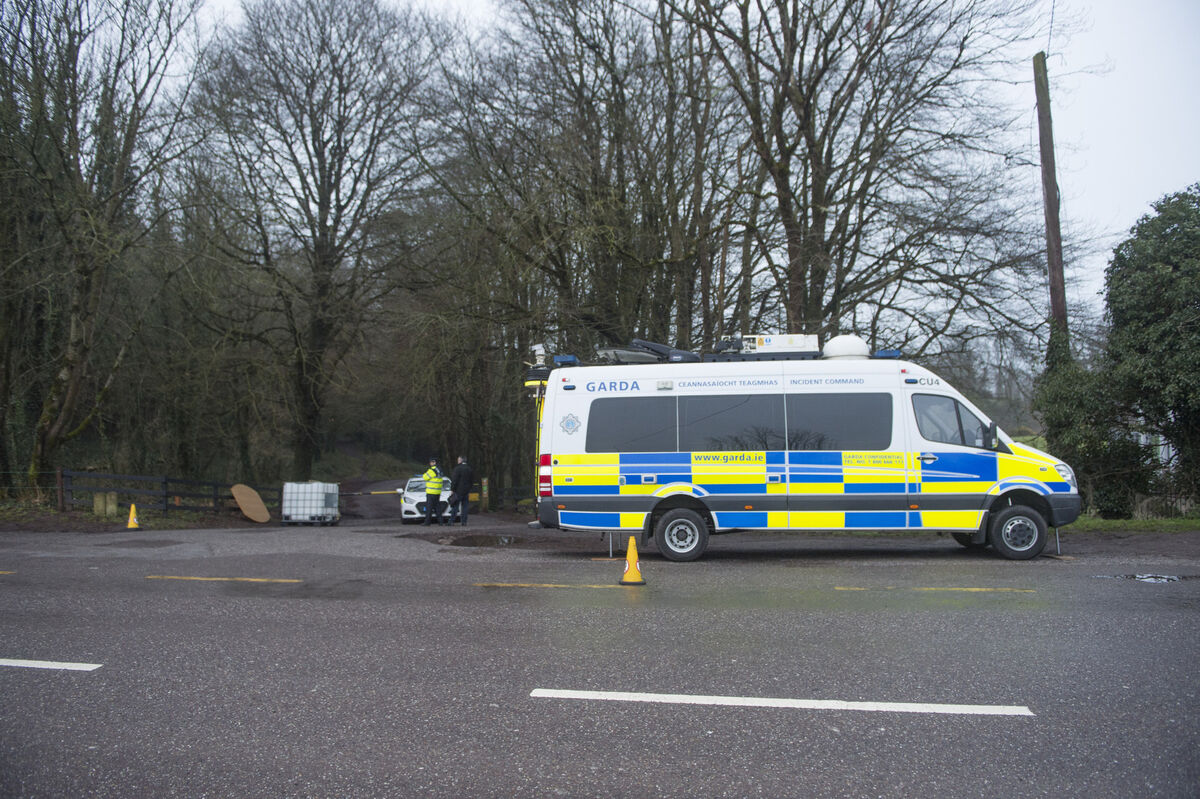
Luminol, a chemical that detects the presence of blood, was used by Dr Edward Connolly, forensic scientist with Forensic Science Ireland, throughout the “complete” house, including the stairwells.
But no traces of blood were found.
Garda Cathal Whelan, a scenes of crime investigator with Cobh garda station in 2017, took photos of the property during that search, including of the red brick wall under the stairs in the sitting room.
These photos were part of case files sent to forensic archaeologist Dr Niamh McCullagh in 2022.
Superintendent Anne Marie Twomey had asked her to review the case with the specific goal of looking for where human remains could be clandestinely concealed.
Superintendent Twomey, then a detective inspector, had been appointed in 2021 to lead the Satchwell investigation.
After reviewing the case files, Dr McCullagh advised gardaí to conduct an invasive search at the property – including the stairwell area where the body would later be found.
She concluded that Mrs Satchwell “never left her home alive”.
She was killed at home and her body was either concealed there or was removed and disposed of elsewhere, she said.
Domestic homicide perpetrators often create verbal narratives and file missing person’s reports, she said.
Her own research into homicide cases involving a concealed victim in Ireland had found that female victims were concealed closer to their home address than their male counterparts. And the majority of all homicide victims whose bodies are concealed in Ireland have been disposed of within 1k of their home address.
The four-day search began on October 10, 2023.
On October 11, Detective Garda Brian Barry noticed that a patch of concrete was a different colour to the rest of the floor, indicating that it was newer.
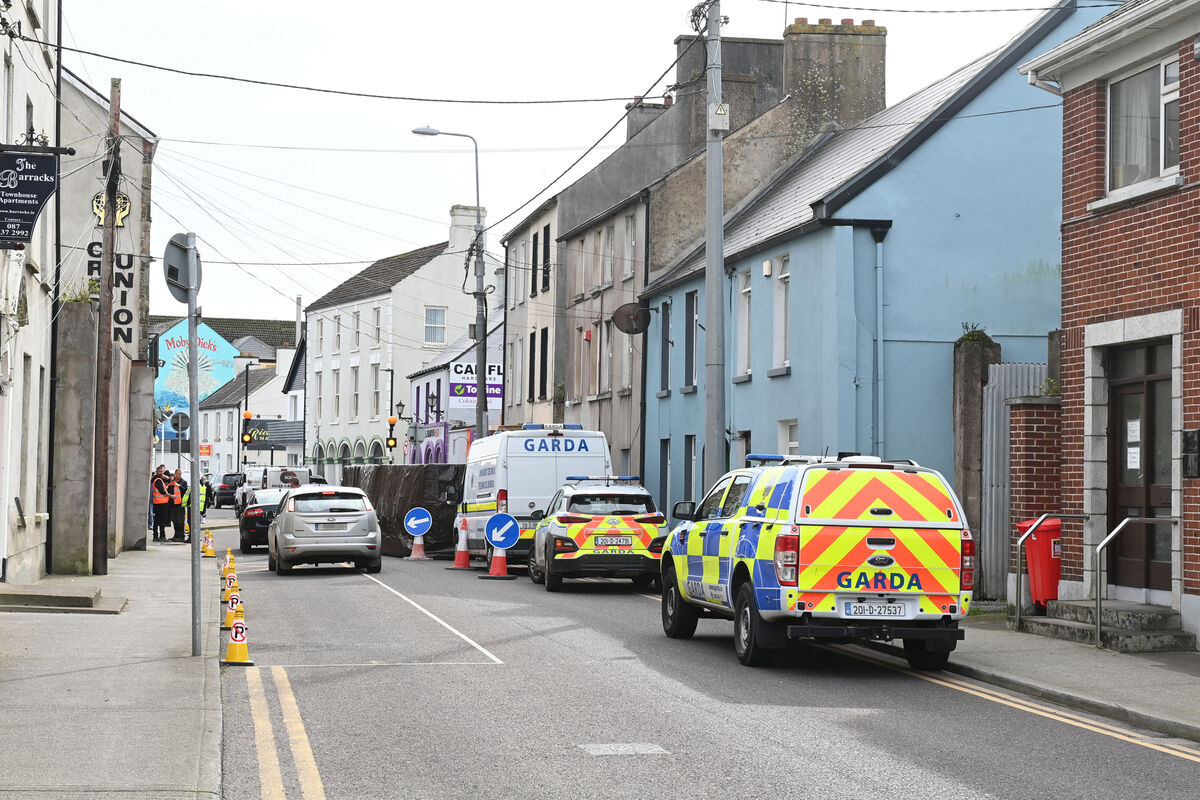
Kango hammers were used to break through the concrete and black plastic was found approximately 64cm deep buried beneath the sandy soil.
Cadaver dog Fern was brought to the excavation and indicated that human remains were there.
Mrs Satchwell’s body was found in a supine position with loose skeletal parts in the grave.
Wearing a dressing gown over her pyjamas, a dressing gown belt around her body, she was found wrapped in a blanket and covered in black plastic sheeting buried between 64cm and 84cm below the sitting room floor of her own home.
Mr Satchwell was arrested for his wife’s murder that day, October 12, 2023.
After more than six years saying that his wife had left him, he suddenly changed his narrative.
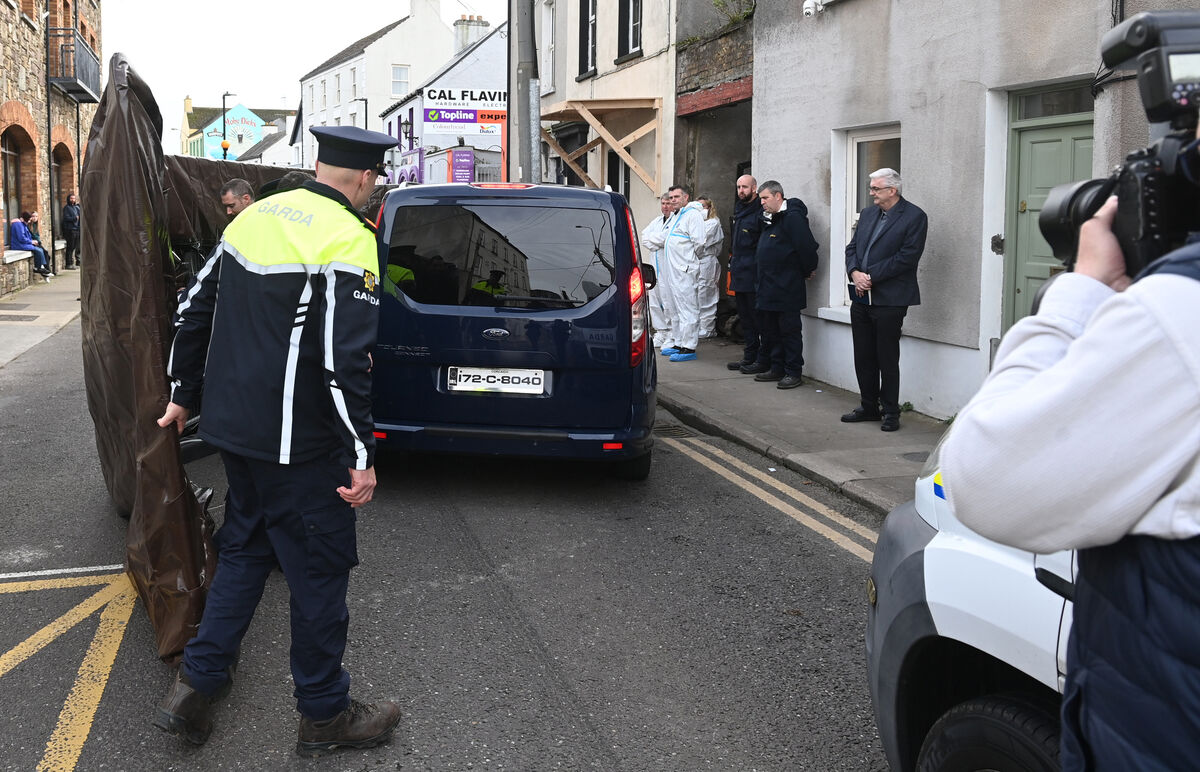
Now, he told gardaí that he had been making Mrs Satchwell a special breakfast with fruit and yoghurt as well as her usual tea and toast on the morning of March 20, 2017, when he heard a scraping noise by the staircase.
He followed the noise and claimed he found his wife scraping plasterboard he had recently erected by the staircase with a chisel.
He claimed he said ‘Tina, what are you doing?’ And she then ‘flew at him with a chisel,’ he said.
He fell to the ground and she jumped on top of him, trying to stab him in the head with the chisel, he claimed.
Although the court heard that Mrs Satchwell was petite, at about 5 ft 4 or 5 ft 5, while he was a hulking man at 6 ft 2, he failed to give gardaí adequate detail about why he could not disarm his wife.
Instead, he said he held the belt of her dressing gown to her neck to protect himself and “in a flash” she “went limp” and fell into his arms dead.
He said he lay holding her dead body all night before putting her on the couch.
But he then moved her to a freezer in the shed because their two dogs kept going over to her.
He later buried her under the stairs in the sitting room and concreted over her shallow grave.
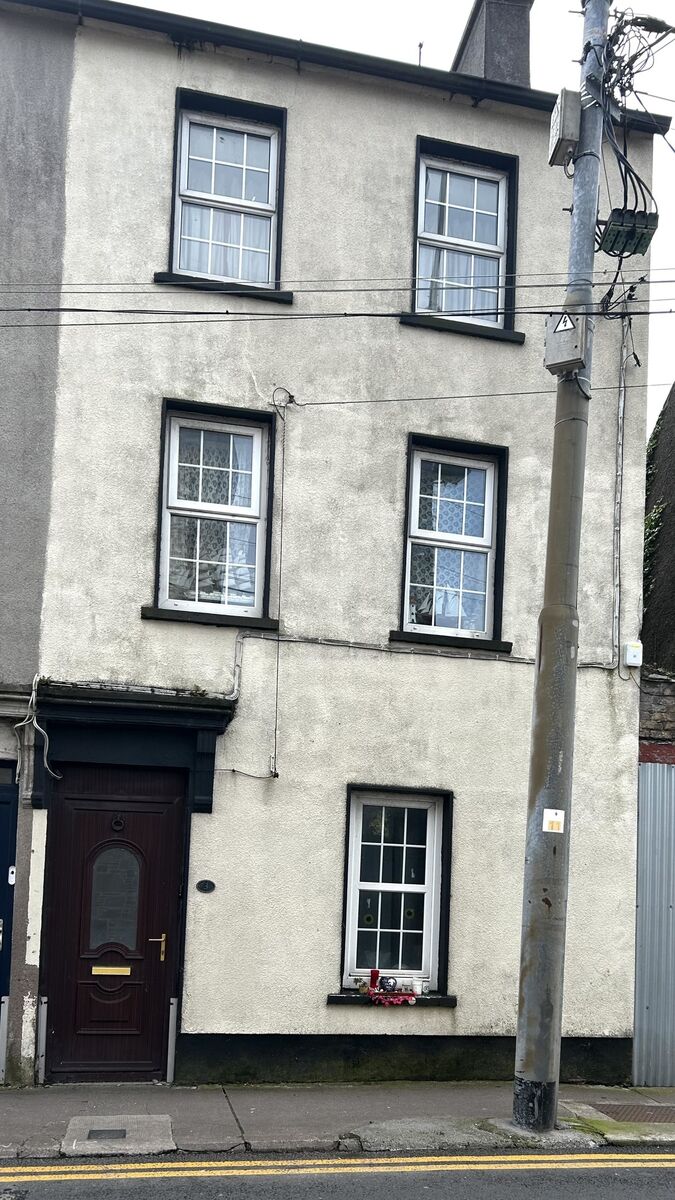
He said he buried her with bunches of tulips and her wedding ring, although that wedding ring could not be found in the dressing gown pocket he told gardaí he had placed it in.
He called Mrs Satchwell his “beautiful Irish Rose” and said he scoured the local supermarkets for roses to bury her with but they were not available.
He said he covered her body in black plastic to “keep the dirt off her” and lifted her gently into the grave.
But prosecuting barrister Gerardine Small SC said that the manner in which he buried his wife was “absolutely disrespectful.” That he then offered the freezer he had stored her body in to her “beloved cousin,” was “astounding," she said.
That cousin, Sarah Howard, who is a niece of Mrs Satchwell cried in court recounting with horror how that freezer had been offered to her.
During successive recorded interviews shown to the court, Mr Satchwell repeatedly failed to give gardaí details about his wife’s death, saying it “happened in a flash” and he could not remember.
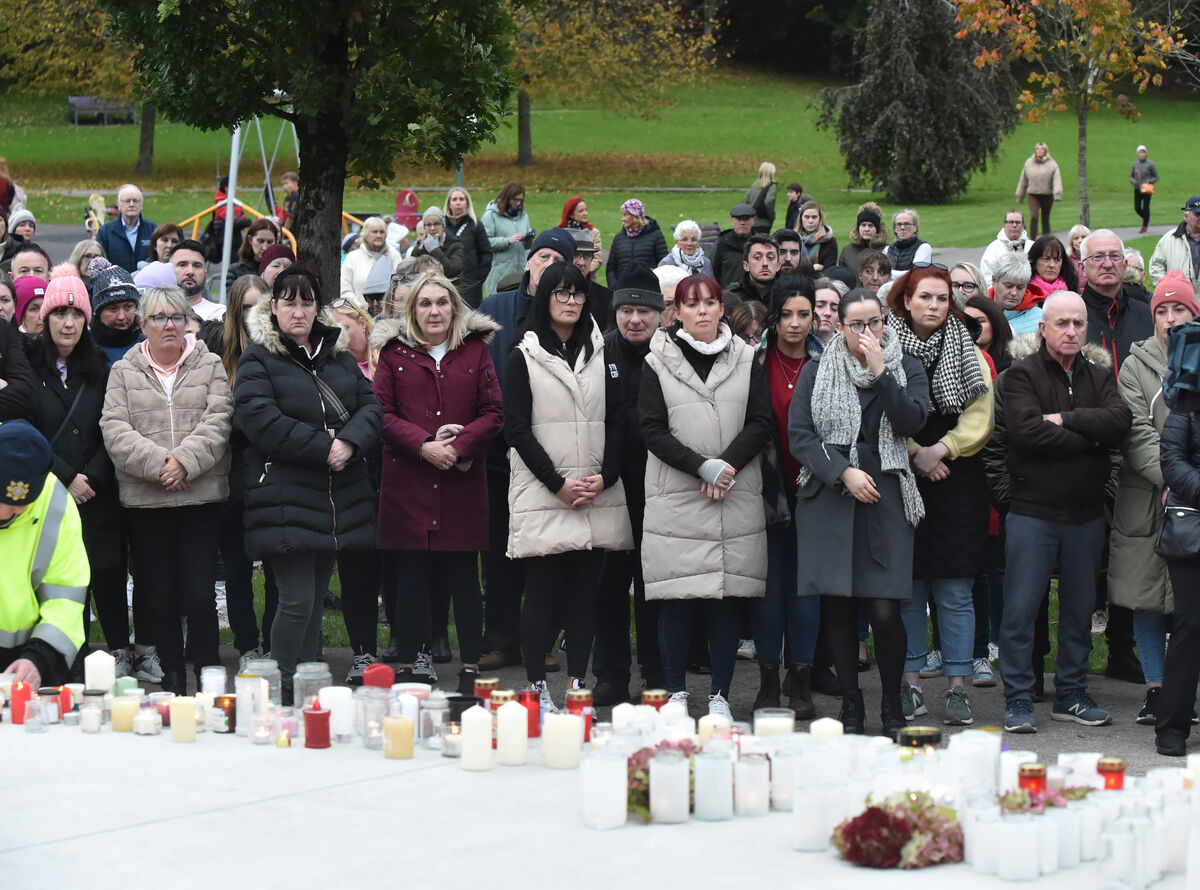
She was on top of him trying to stab him with a chisel as he lay on the ground and he grabbed her dressing gown belt and held it to her neck to try to keep her off him, he said.
His arms then “went numb” and she suddenly fell into his arms dead.
He said her body was cold within 20 – 30 minutes, as he remembered it.
“What you have described doesn’t make sense,” Detective Sergeant David Noonan said in a video of an interview with Mr Satchwell in Cobh garda station in October 2023.
“No one could die just like that.” In heated interviews, recorded and played to the court, gardaí told Mr Satchwell that his “story” was coming apart as evidence gathered was building a different picture to the one he had "constructed".
Mrs Satchwell’s murder seemed “premeditated” with “plotting” and “calculated” actions, gardaí said.
Detective Garda Noelle McSweeney interviewed Mr Satchwell after he was arrested for his wife’s murder in October 2023 for one hour and 15 minutes at Cobh garda station.
“In a very short period of time” after his wife’s death, Mr Satchwell had the “mental capacity” to send an email and go to the post office to get social welfare “to keep face”, Det Gda McSweeney said.
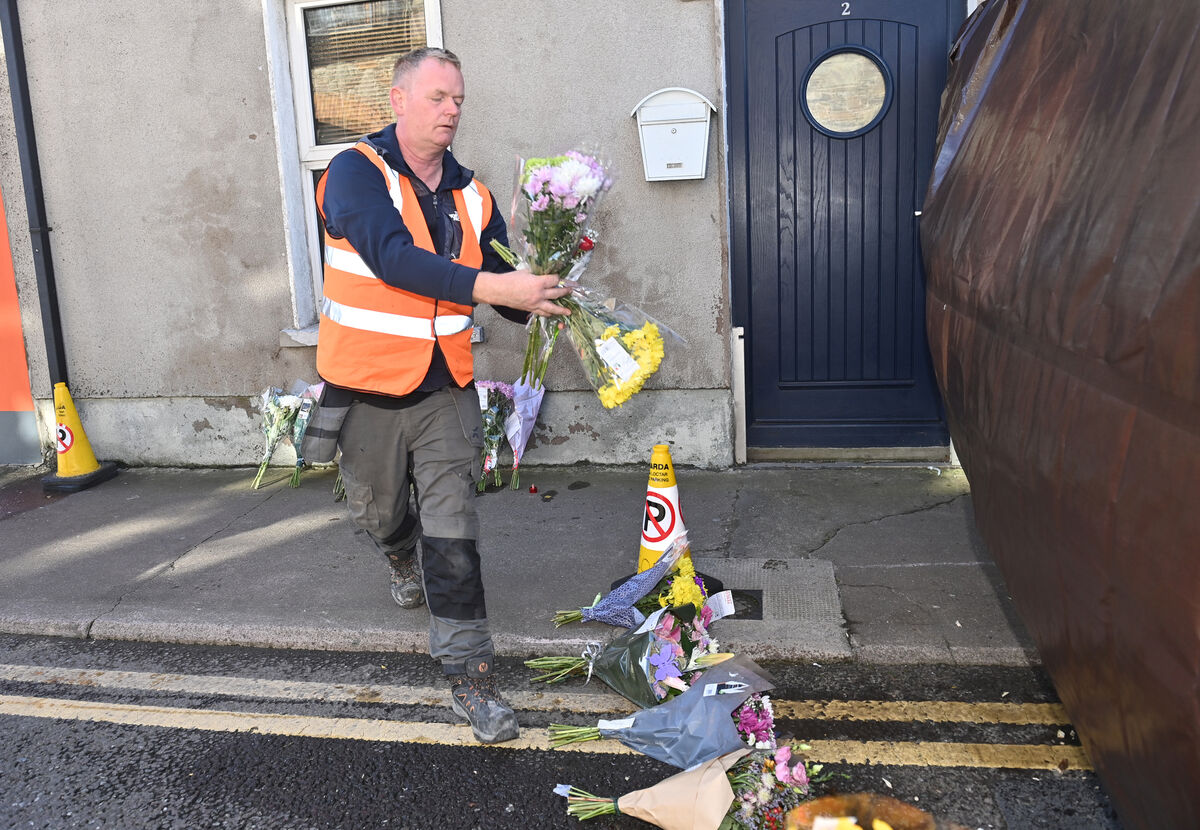
“That itself showed planning. There was a mental process there. They were calculated manoeuvres,” she said.
But Mr Satchwell denied this, saying he was acting out of panic and routine.
Mr Satchwell told gardaí that he had been “living two lives” since his wife's death, going to work by day as if everything was normal and coming home to a filthy house where his “perfect” wife’s body was decomposing in a shallow grave under their sitting room floor.
He said he felt “scared, sorrowful, ashamed”.
“I have a conscience. I still dream of Tina. I never lost the desire to be with her,” he said.
But while his wife’s dead body was in the freezer, he looked up ‘quicklime” online although he said he never purchased it.
“I want to remember Tina the way she was, not the way I made her,” he told gardaí, refusing to view photos of his dead wife's remains.
Pink painted finger nails and a skull decapitated due to decomposition but with hair still attached were found at Mrs Satchwell’s post mortem on October 12 and 13, 2023.
Mrs Satchwell’s bones were protruding from her dressing gown but some soft tissue remained, Assistant State Pathologist Dr Margaret Bolster told the Central Criminal Court.
Mrs Satchwell’s Tweedie Pie tattoo was still visible on her chest and a bar piercing was found on her bellybutton.
‘Some bunny loves me’ was written on her pyjamas.
Mrs Satchwell was wearing a pale lilac St Bernard’s dressing gown which was heavily soiled after more than six years in a shallow grave.
A gold, Playboy purse was found in the left pocket, containing her public service card, a Rathcormac car boot sale card, an Xtravision membership card, a Tesco club card, a Boots advantage card and a Holland & Barrett card.
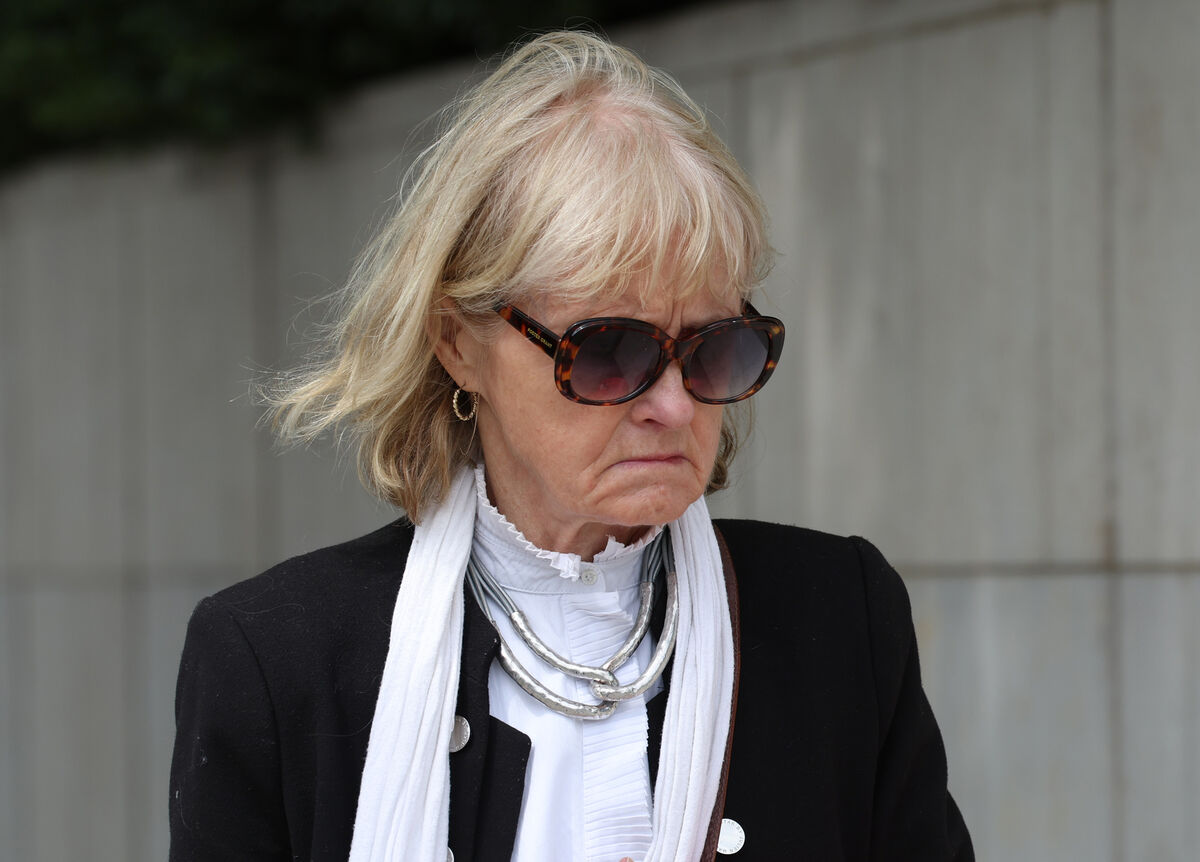
Shards of glass were found on her scalp and body.
Mrs Satchwell’s cause death could not be determined due to the skeletal nature of her remains.
There was no evidence of any bone fractures, including to the hyoid bone which fractures in some 70% of manual strangulations, Dr Bolster said.
No damage to Mrs Satchwell’s nails was identified. No evidence of trauma was found on the body. No bruising was found in what small amount of muscle tissue was left.
Mr Satchwell repeatedly alleged to gardaí, to Mrs Satchwell’s family and to the media that his wife had been violent to him.
But these allegations were only ever made after his wife’s ‘disappearance’.
And multiple witnesses, including Mrs Satchwell’s family and friends, said they never knew Mrs Satchwell to be in any way violent.
Mr Satchwell told gardaí that he had seen a GP with scratches on his face in the 1990s after his wife attacked him before.
But Dr Deirdre O’Grady denied seeing Mr Satchwell’s face “destroyed by Tina’s nails”, then telling him to “heal up naturally.”
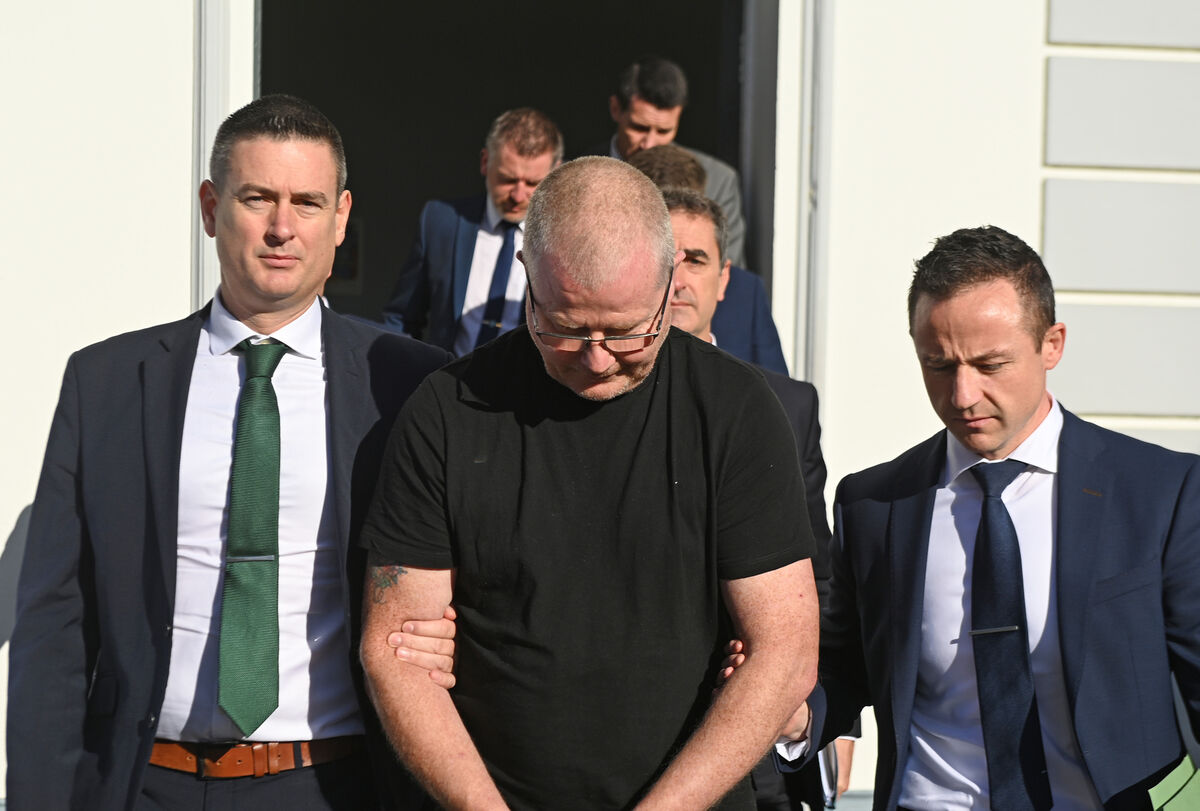
The couple had attended Dr O’Grady’s practice in Fermoy, Co Cork, for a brief period in the 1990s. But Dr O’Grady said she could not find records on the couple.
Defence barrister Brendan Grehan SC said that Mrs Satchwell had also reported to Dr O’Grady that Mr Satchwell had taken an overdose around 1993 or 1994 following abuse by his wife.
But Dr O’Grady said she had no knowledge of this either.
An overdose was a very serious medical emergency and “would be something I would recall,” she said.
Mr Satchwell’s account of his wife's disappearance and death "had more holes than a block of Swiss cheese,” prosecuting barrister Gerardine Small SC said.
He was “shamelessly brazen to the very end”, telling “clever lies” which were ultimately “self-serving,” she said in closing arguments in his murder trial.
Mr Satchwell displayed “conniving actions, full of guile,” and wove “a web of deceit” after burying his wife under a concrete floor in the sitting room of their Youghal home, she said.
He set up “malicious” motives for his wife “leaving him,” Ms Small said, saying she would most likely turn up “with another fella”.
To convict of murder, the jury must believe that there was an intent to kill or cause serious injury beyond reasonable doubt.
To ascertain what Mr Satchwell’s intention was, the jury could infer from his actions, reactions, lies and omissions, Ms Small said.
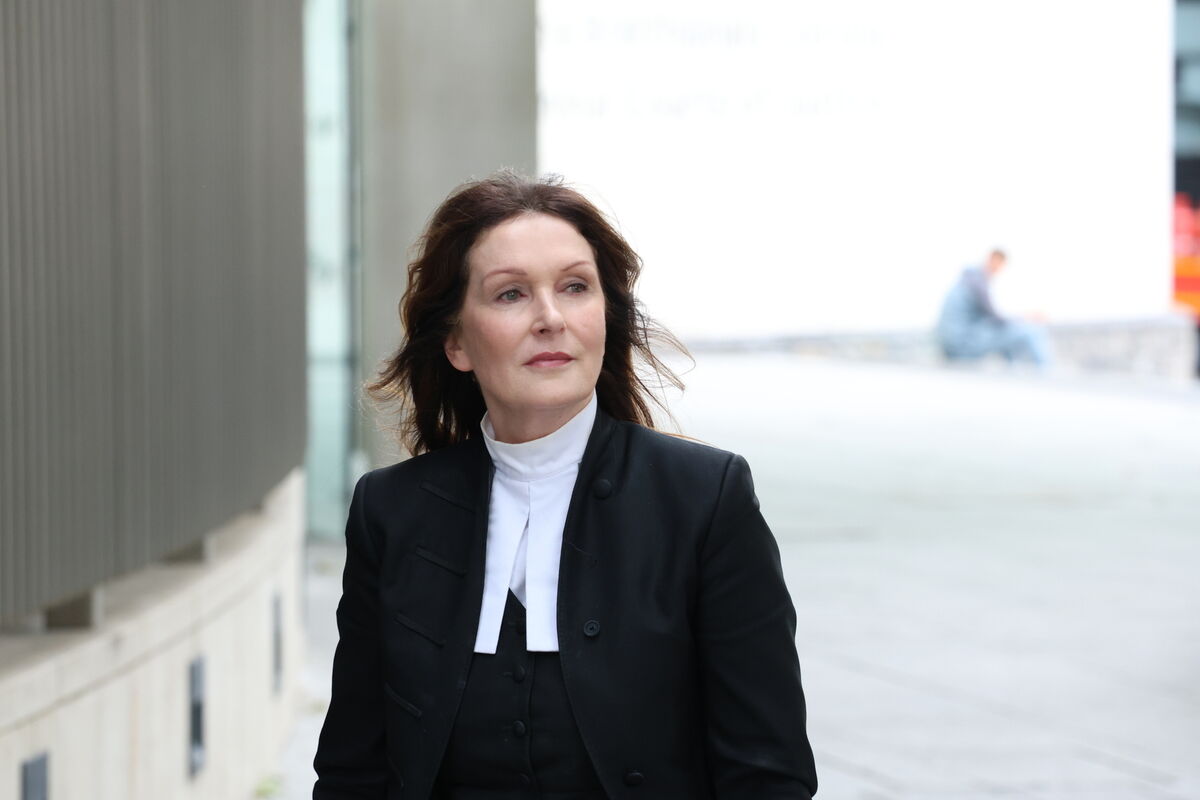
How he concealed the body, and his narrative changes when Mrs Satchwell’s body was found are some matters than infer intent, she said.
Mr Satchwell’s immediate actions after the killing could also infer intent, Ms Small said.
“He doesn’t seek any medical help,” she said. No emergency services were called.
Very soon after the killing, at 10.42am, he emails the International Monkey Rescue Association saying that he had put a lot of work into procuring two marmoset monkeys and his wife was going to leave him as they had not arrived, she said.
“I put to you this is a very calculated move on Richard Satchwell’s part. Why is he saying this at 10.42am? Because he is creating a digital footprint that he can avail of later.
“The objective of Richard Satchwell was always to put everyone off the scent,” Ms Small said.
“He was full of guile and cunning. Why? Because he murdered Tina.”
But in his closing speech to the jury, Brendan Grehan SC said that Mr Satchwell was “far from a criminal mastermind” and had “left a trail of breadcrumbs that could rival any nursery tale after him".
“Richard Satchwell is guilty, there’s no doubt about it," Mr Grehan said. "But what exactly is he guilty of? He is certainly guilty of causing his wife’s death, he says in a struggle where she was attacking him with a chisel. He is guilty of burying her under the stairs.”
He is guilty of lying to Mrs Satchwell’s family, doctors, gardaí, and to every journalist who would listen to him, Mr Grehan said.
“He lied to the people of Ireland,” Mr Grehan said. "That does not make him a murderer.”
The Satchwells first met in Coalville near Leicester in the UK where Mr Satchwell was from and where Tina moved as a teenager with her grandmother.
She was raised by her grandmother and felt abandoned and resentful that her mother, who she was told was her aunt when she was a child, had not raised her, the court heard.
But she had a very close and loving relationship with her grandmother, Florence Dingivan, who the court heard was a respected and much-liked woman in Fermoy.
As soon as Richard saw Tina, he decided he wanted to marry her, he said.
But he said that she was out of his league and called her his ‘trophy wife’.
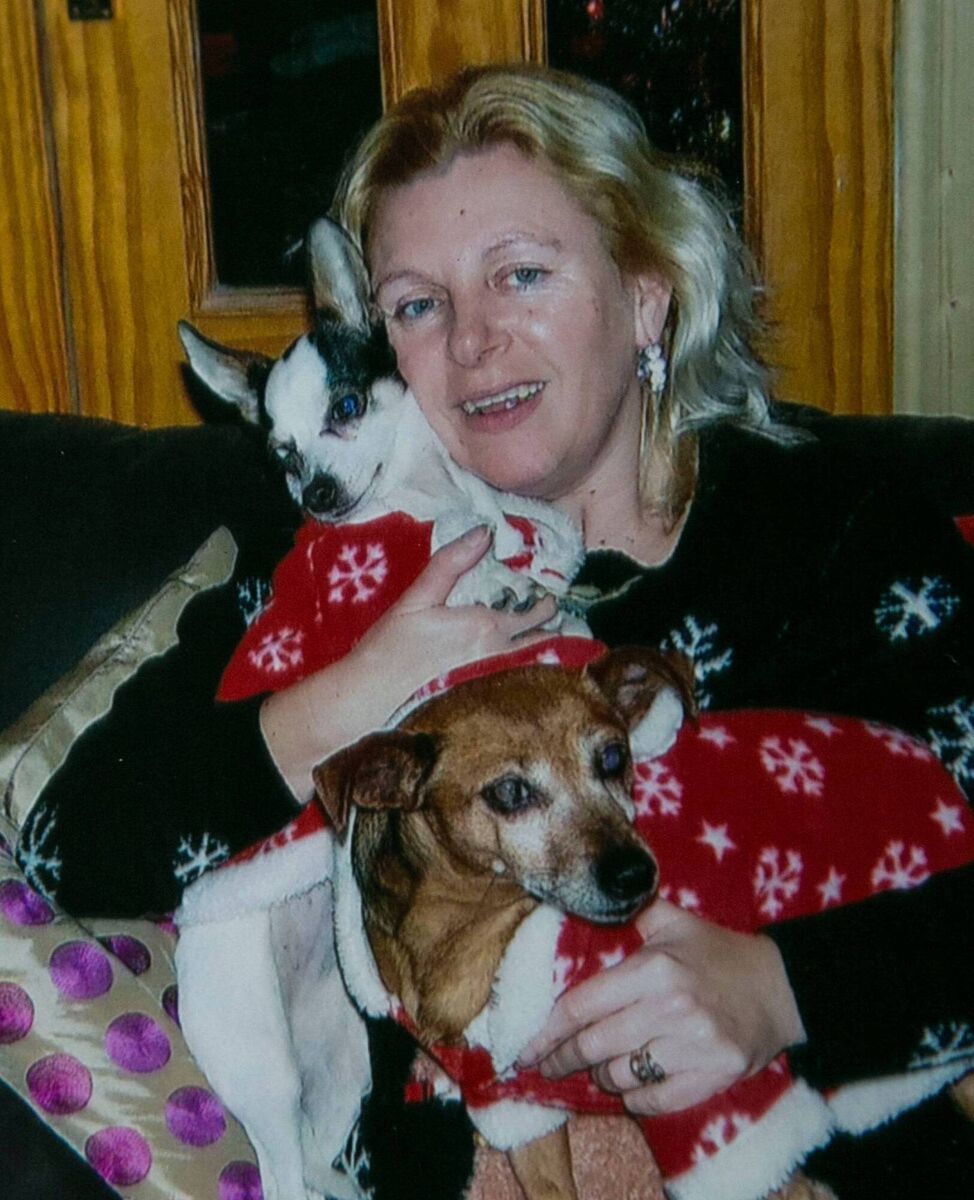
Tina, a keen swimmer, loved the coastal town of Youghal with its expansive beach.
He proposed to her in Youghal and the couple always planned to move there.
They initially moved from the UK to Fermoy, Co Cork, Tina’s home town, but later bought a house in Youghal for €52,000 and moved in May 2016.
Just 10 months later she would be buried there in a shallow grave, concealed beneath a concrete floor under a stairwell.
Mrs Satchwell was one of 11 women killed in 2017 in Ireland.
She is yet another woman murdered by the man who was supposed to love her most, in her home, the place she was supposed to be the safest.
Satchwell continually painted himself as the model husband, telling gardaí in multiple interviews in detail about how well he cared for his wife.
He gave details on the breakfasts he made her.
He said they had a specific bathing routine, where he would run her very hot baths and then rub baby oil into her skin and tend to her nails, removing polish and filling any rough skin from her feet.
He said he was the “chief cleaner” in the house. Although after Tina’s death the house descended into filth, with dog faeces all over the floors and furniture, a filthy bird cage, and a bed unchanged for years.
He said he carried out all the home renovations.
He spoke about how much he loved Tina, his “beautiful Irish Rose,” and how empty his life was without her.
But his comments about his wife could suddenly spike with malice.
“I don’t think she’s a danger to herself, she’s too vain. Tina is in love with herself,” Mr Satchwell said in one signed garda statement.
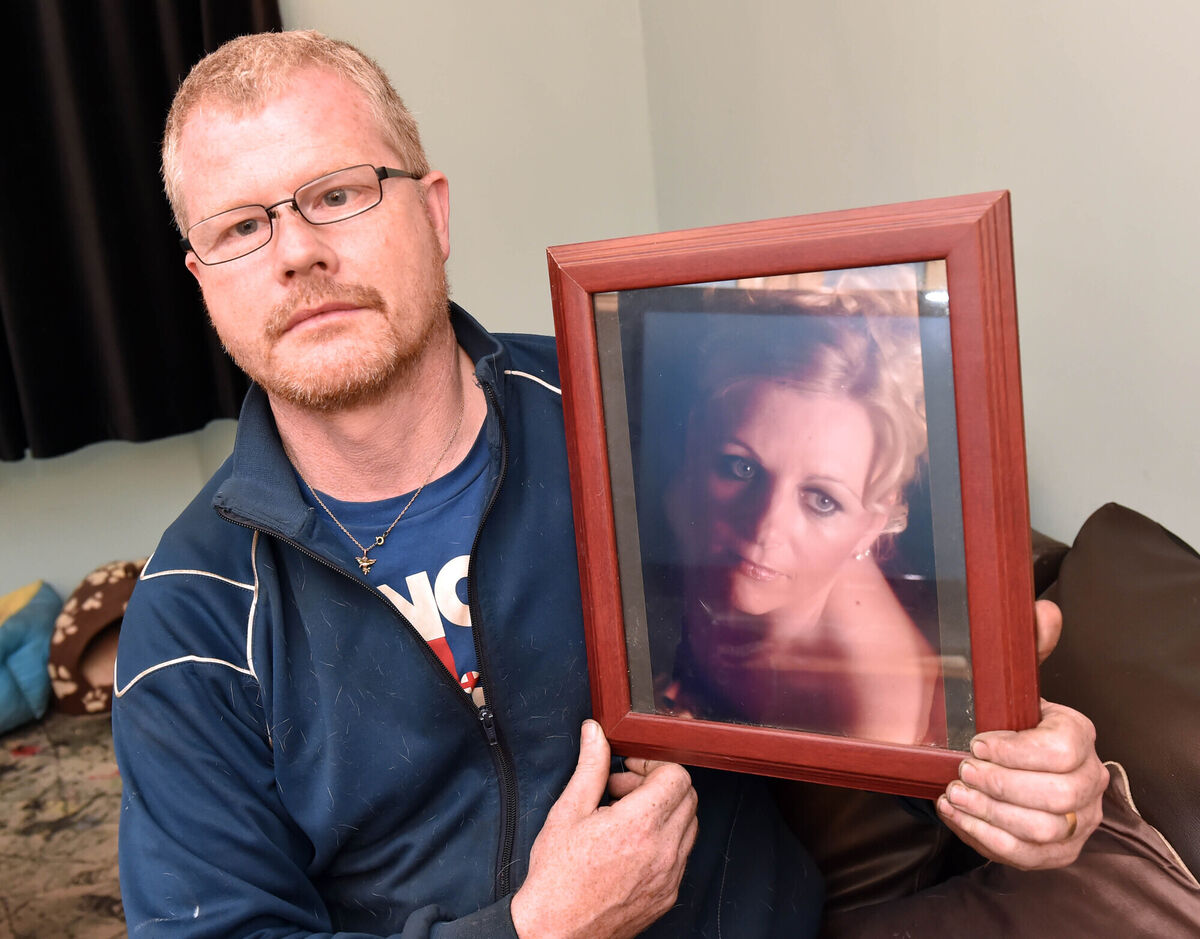
He claimed to love her, saying that she was his entire world, yet he killed her, then blamed her for her own death and tried to malign her good name.
He claimed that she was violent and abusive. He showed people any scars on his body and blamed her for them but could provide no evidence for this.
He spun a web of lies to her family, telling them she had left and stolen the couple’s savings.
He spoke about her private family tragedies and problems in a bid to distract people from his own horrific crime.
He tried to make people, including her own family, think she was mentally ill and could have killed herself.
He was “an arch manipulator,” as prosecuting barrister Ms Small said.
Mr Satchwell never took the stand in the trial.
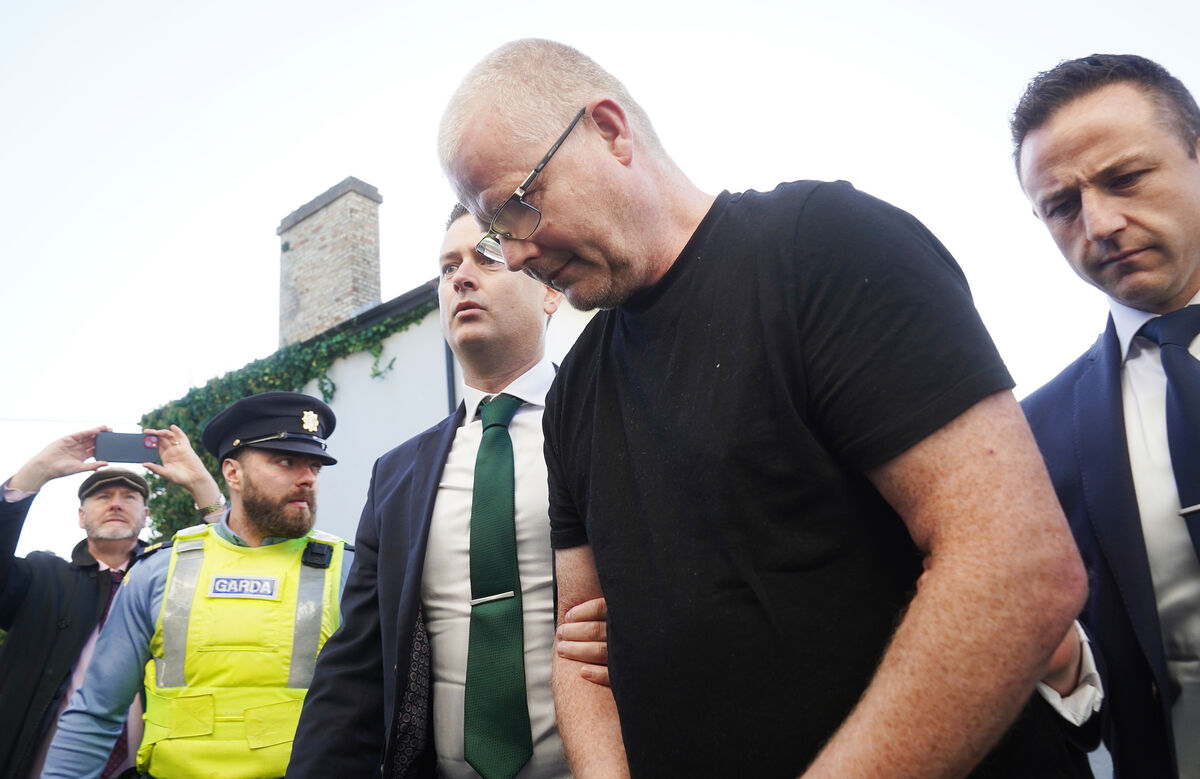
He sat eyes cast down, head often buried in his hands throughout it. His face was often dropped so low it was inscrutable but a twitching finger or thumb rubbing his face revealed some anxiety within.
And as the trial progressed, and lie after lie he told were scrutinized, he looked increasingly worried in the moments before the jury entered when his head would lower until they exited when it would rise again.
He called a garda a liar as he walked inches from him after giving evidence one afternoon, a flash of anger from an otherwise quiet accused.
Despite the four week trial, some questions remain unanswered.
Shards of toughened glass found on Mrs Satchwell’s remains were never explained.
But the jury didn't believe Satchwell’s accounts of what happened in his wife’s final moments. It was a pack of lies.








